| –
| Disconnect bottom coolant hose leading to continued coolant circulation pump -V50--arrow- and drain off coolant. |

Note | t
| When replacing the expansion tank and during maintenance work, care must be taken that the silicate cartridge → Electronic parts catalogue is always located in the expansion tank. The silicate cartridge must not be removed. |
| t
| With vehicles from model year 2008, only G 12 plus-plus anti-freeze agent must be used according to standard TL VW 774 G. |
| t
| The range of models up to and including 2007 can use Gº12º plus anti-freeze agent, according to TLºVWº774ºF and Gº12º plus-plus, according to TLºVWº774ºG. |
| t
| The G 12 plus-plus can be mixed with G 12 plus that has been used until now. Both agents are coloured mauve. |
| t
| „TLºVWº774ºG“ or „TLºVWº774ºF“ anti-freeze agents prevent damage from rust, freezing or lime sediment, and also raise the boiling point of the coolant. For this reason, the cooling system must be filled with coolant additive all year round. |
| t
| Thanks to this rise in the boiling point, the coolant guarantees good running, even when the engine undergoes heavy strain, especially in countries with tropical climates. |
| t
| The antifreeze protection must be guaranteed to approx. - 25 ºC (down to approx. -35 ℃ in countries with arctic climate). |
| t
| The concentration of the coolant must not be reduced by adding water in summer or in countries with hot climates. The amount of anti-freeze in the coolant must be at least 40 %. |
| t
| If a higher anti-freeze is required due to the climate, the percentage of the anti-freeze additive can be increased, but only up to 60 % (anti-freeze up to approx. -40 °C). If the proportion is greater, the cooling and anti-freeze protection capacity is reduced. |
| t
| The refractometer -T10007- is recommended for determining the current anti-freeze density. |
| t
| If radiator, heat exchanger, cylinder head or cylinder head gasket has been replaced, do not reuse old coolant. |
| Recommended mixture ratios: |
|
|
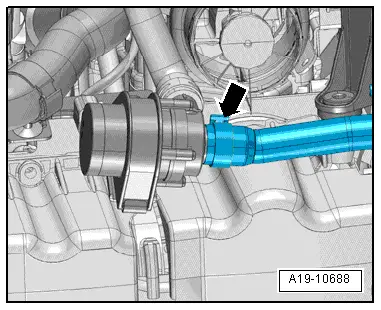
|

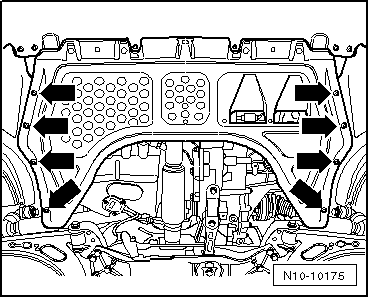
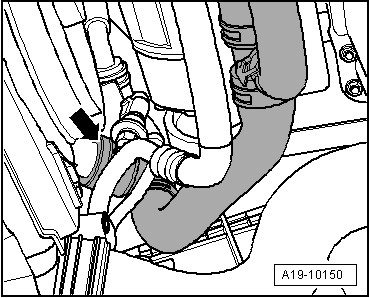
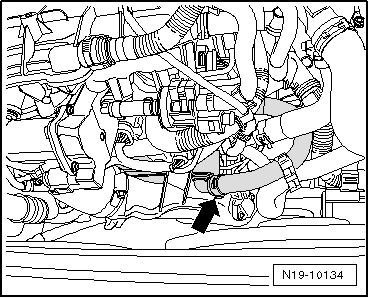
 Note
Note

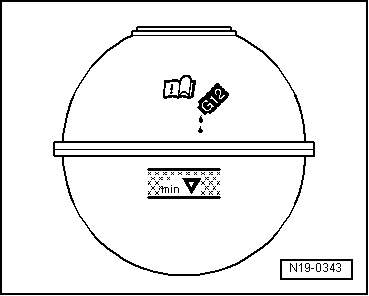

 WARNING
WARNING